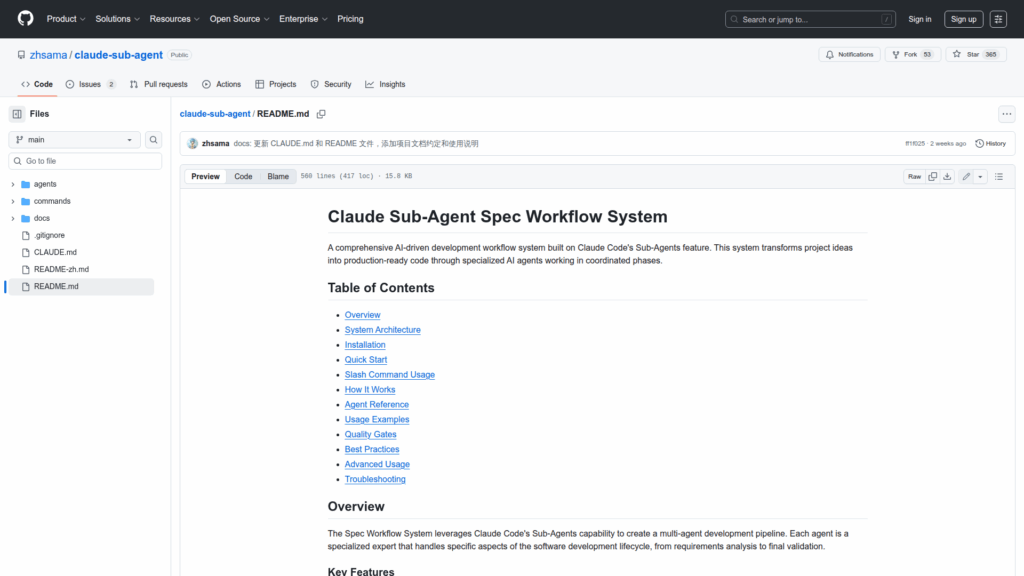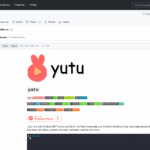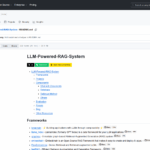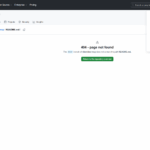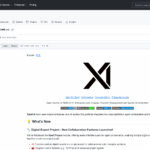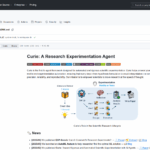claude-sub-agent
Basic Information
This repository provides a spec workflow system that uses Claude Code's Sub-Agents feature to automate a software development pipeline. It is designed for development teams and project owners who want to convert project ideas into production-ready artifacts by orchestrating specialized AI agents across planning, development, and validation phases. The repo includes a set of agent definitions, a slash command for launching full or partial workflows, installation steps to copy agents into a project's .claude directory, and documentation conventions in CLAUDE.md. It supplies example usage scenarios, configuration options for quality thresholds and phases, and a recommended project layout. The system emphasizes artifact-driven transitions where each agent produces documents consumed by the next, and it includes guidance for CI/CD integration, debugging, and extending the workflow with new agents or custom validators.

